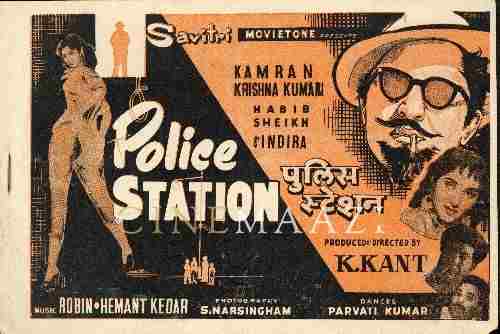V Babasaheb
- Real Name: Vastad Babasaheb
- Born: 02/01/1918 (Miraj)
- Died: 5 April, 2014 (Miraj, Maharashtra)
- Primary Cinema: Hindi
Vastad Babasaheb, popularly known as V Babasaheb, the visionary cinematographer of Hindi cinema was born in Miraj in 1918. He belonged to a poor family where his father worked in the railways and earned a mere Rs 50 per month. He was a creative child and was trained under Shirsagar. A skilled artist, he once made a portrait of a man he met in his childhood from memory, and the son of that subject was surprised at the accuracy. He had always wanted to pursue his love for arts but decided to take up a job in the Posts and Telegraph department for financial reasons. The job was physically straining as he had to dig holes for telegraph poles to be constructed.
The opportunity of joining Prabhat Studio came his way through his association with cameraman E Mohammad. Babasaheb wanted to join the Arts department, as he was still an artist deep in his heart but gave up on it when he was assigned to the camera department. There he learned the ropes of the job under the guidance of Surendra Pai and Pandurang Naik.
He practised for years as an assistant cameraman, but by then he had worked on a great number of films such as 10 o clock (1958), Chand (1959),Nai Kahani (1943). He mostly assisted Pai in his time with Prabhat Studio. Pai encouraged him to shoot a few scenes of Romeo and Juliet (1947). Despite the lack of classical training, his work was at par with some of the most prolific cinematographers of world cinema.
It was the director Amiya Chakraborty who recognised V Babasaheb’s talent and collaborated with him in a number of films such as Gauna (1950), Daag (1952), Patita (1953), Seema (1955), Baadshah (1954), Badal (1951) and Kathputli (1957). Chakraborty had honed Babsaheb’s sharp technical skill through their collaborations.
Unfortunately, Amiya Chakraborty passed away amidst the filming of Kathputli, hence, Nitin Bose stepped in to fill his predecessor’s shoes. This led to the collaborative alliance between Bose and Babasaheb in Ganga Jumna (1961) which would lead him to awards glory. Babasaheb was appreciated for the quality of the process by Technicolour Laboratories in London. He went on to receive a Filmfare Award for the film in 1962.
.
Babsaheb also worked with filmmakers such as Ram Mukherjee in Leader (1964) starring Dilip Kumar- Vyjayanthimala; J Om Prakash in Aap Ki Kasam (1974), Aas Paas (1981) and Agnee (1988). A Bhimsingh and Babasaheb worked together in Khandan (1965). He also shot Raj Khosla’s film Mera Saaya (1966) starring Sunil Dutt – Sadhana. He also worked on the Marathi film Janmathep (1993), before he retired in the 90s.
After retirement, he lived in Miraj, Maharashtra where he passed away on 5 April, 2014. Bharat Kanhera, who was Babasaheb’s pupil has made a documentary on him called Life in Full Open celebrating the artist who has contributed so immensely to Indian cinema.




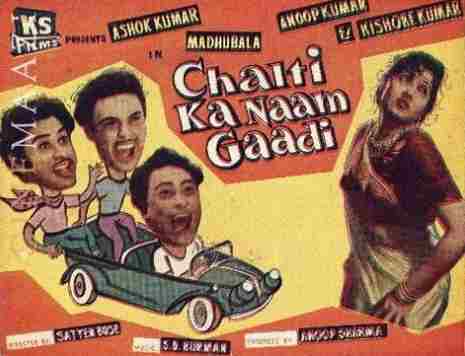
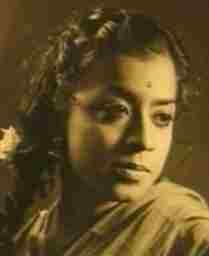

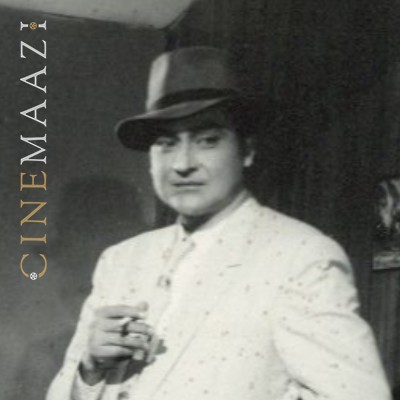
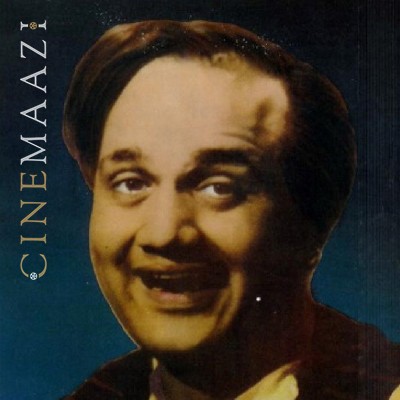
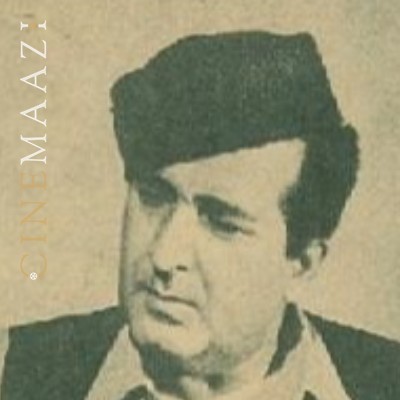
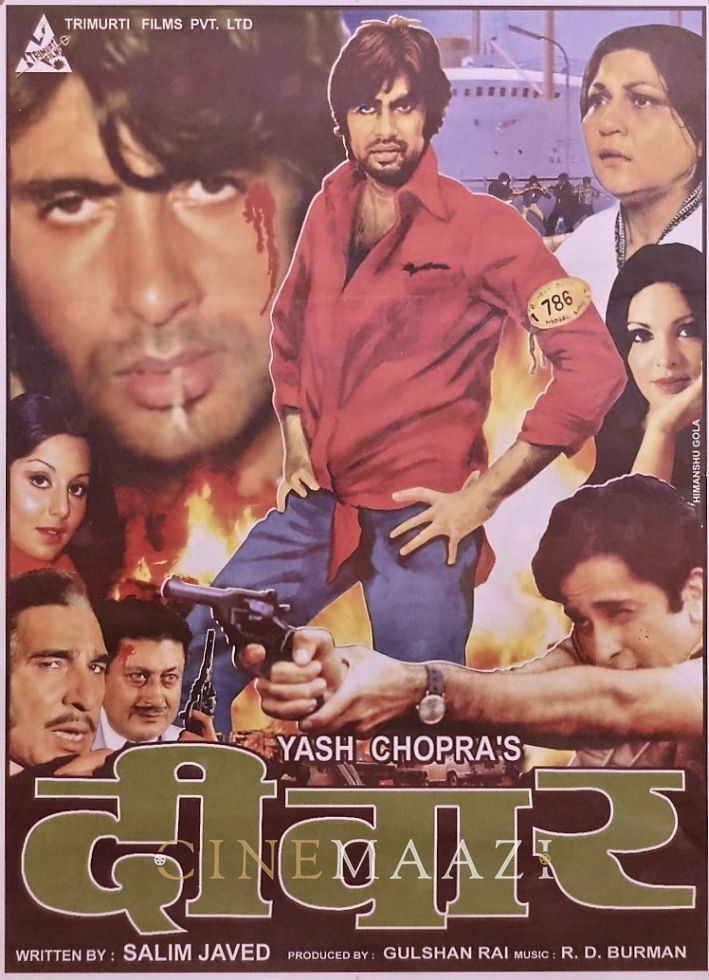
.jpg)

